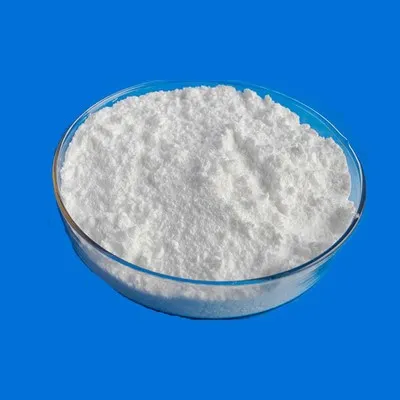
fly ash based cement
Fly Ash Based Cement A Sustainable Solution for Modern Construction
In the quest for sustainable construction materials, fly ash based cement has emerged as a promising alternative to traditional Portland cement. Fly ash, a byproduct of coal combustion in power plants, is rich in silica, alumina, and iron, making it an ideal pozzolanic material. When blended with ordinary Portland cement (OPC), fly ash enhances the properties of concrete, resulting in improved durability, workability, and ecological benefits.
One of the key advantages of using fly ash in cement production is its ability to reduce the carbon footprint of concrete. Traditional cement manufacturing is an energy-intensive process that contributes significantly to greenhouse gas emissions. By replacing a portion of OPC with fly ash, which is a waste material, the overall environmental impact of concrete can be decreased. Studies suggest that using fly ash can reduce CO2 emissions by up to 30% compared to conventional concrete, thus playing a vital role in mitigating climate change.
Fly ash based cement also offers enhanced mechanical properties. The incorporation of fly ash in concrete results in a denser, more cohesive mixture that can contribute to greater strength and durability. In particular, fly ash enhances the long-term strength development of concrete, as its pozzolanic reactions continue beyond the initial curing period. This characteristic not only extends the lifespan of concrete structures but also reduces maintenance costs over time.
Another significant benefit of fly ash based cement is its improved workability. The spherical nature of fly ash particles contributes to a better flow and compaction of concrete mixtures. This increased workability can lead to more efficient construction processes, reducing the time and labor costs associated with pouring and finishing concrete. Furthermore, the use of fly ash can minimize the occurrence of cracks and shrinkage in concrete, leading to a more uniform and aesthetically pleasing finish.
fly ash based cement

Moreover, fly ash is often more economical than traditional cement. As a byproduct of coal-fired power generation, fly ash is typically available at a lower cost than OPC. This cost-effectiveness makes fly ash based cement an attractive option for large-scale construction projects, where budget constraints are a significant concern. By utilizing fly ash, contractors can achieve substantial savings while also meeting sustainability targets.
In addition to its environmental and economic advantages, fly ash based cement can contribute to the development of green buildings. Many certification systems, such as LEED (Leadership in Energy and Environmental Design), recognize the use of recycled materials like fly ash in their evaluation criteria. By opting for fly ash based cement, builders and developers can enhance their projects’ sustainability credentials, appeal to environmentally conscious clients, and comply with increasingly stringent regulatory standards.
Despite its numerous benefits, there are challenges to the widespread adoption of fly ash based cement. Variability in the quality of fly ash, depending on the source and the combustion process, can affect the performance of the concrete. Therefore, thorough testing and quality control measures are essential to ensure consistency. Additionally, as the demand for fly ash increases, the availability of high-quality fly ash could become a concern.
In conclusion, fly ash based cement presents a viable solution for the construction industry’s sustainability challenges. By reducing carbon emissions, improving mechanical properties, and offering economic advantages, it paves the way towards greener construction practices. As the industry continues to evolve, embracing innovative materials like fly ash will be crucial in building a sustainable future.
Share
-
Premium Pigment Supplier Custom Solutions & Bulk OrdersNewsMay.30,2025
-
Top China Slag Fly Ash Manufacturer OEM Factory SolutionsNewsMay.30,2025
-
Natural Lava Rock & Pumice for Landscaping Durable Volcanic SolutionsNewsMay.30,2025
-
Custom Micro Silica Fume Powder Manufacturers High-Purity SolutionsNewsMay.29,2025
-
Custom Mica Powder Pigment Manufacturers Vibrant Colors & Bulk OrdersNewsMay.29,2025
-
Custom Micro Silica Fume Powder Manufacturers Premium QualityNewsMay.29,2025






